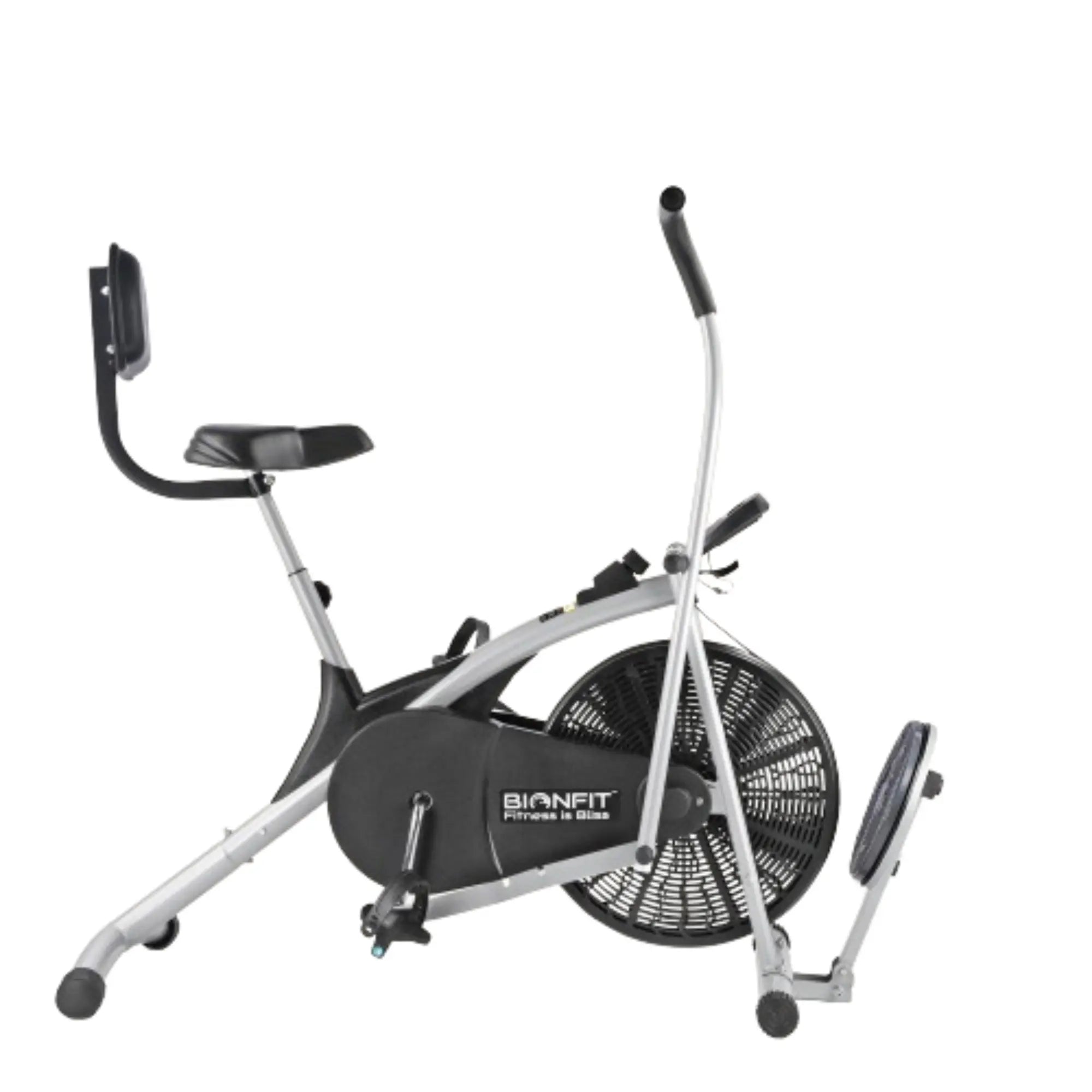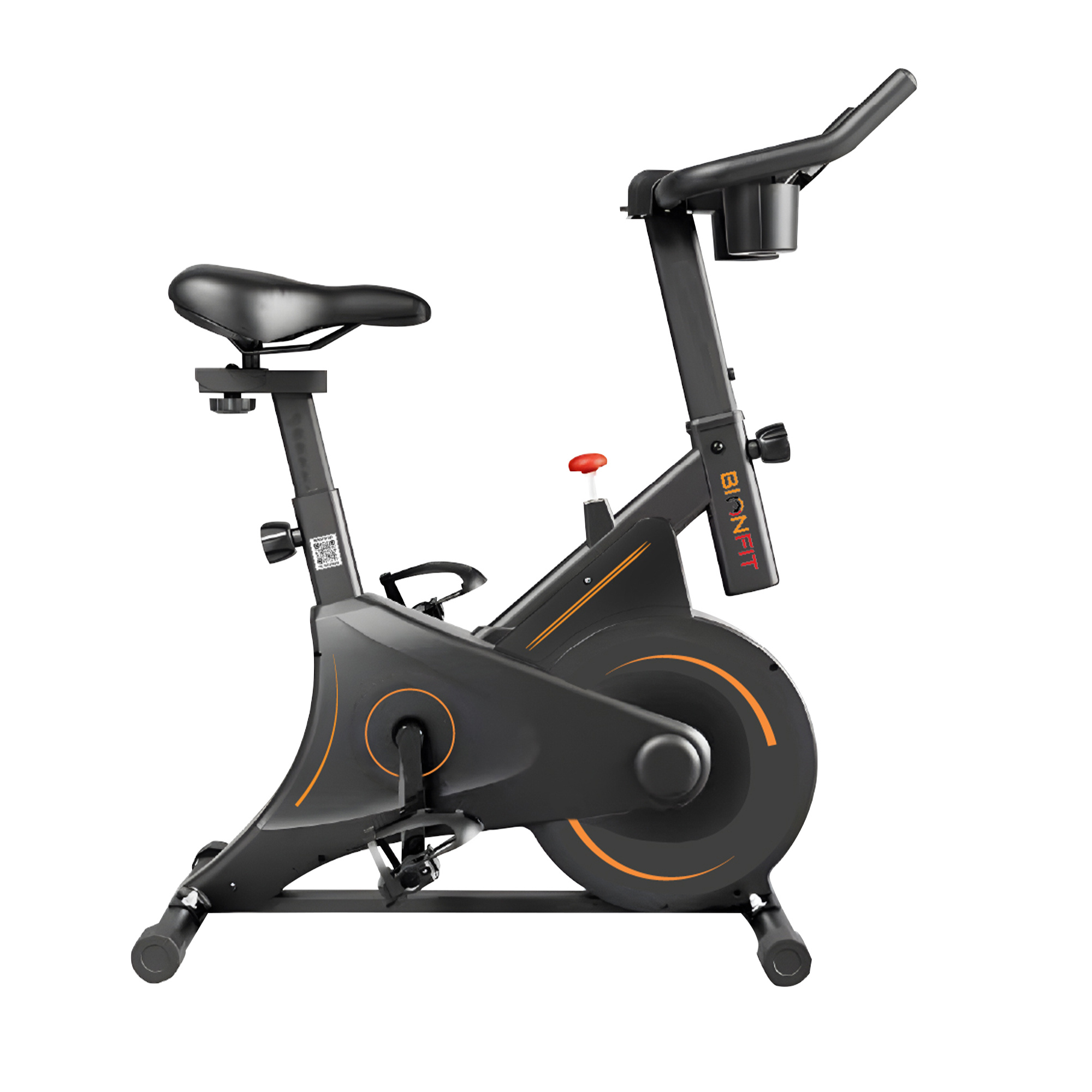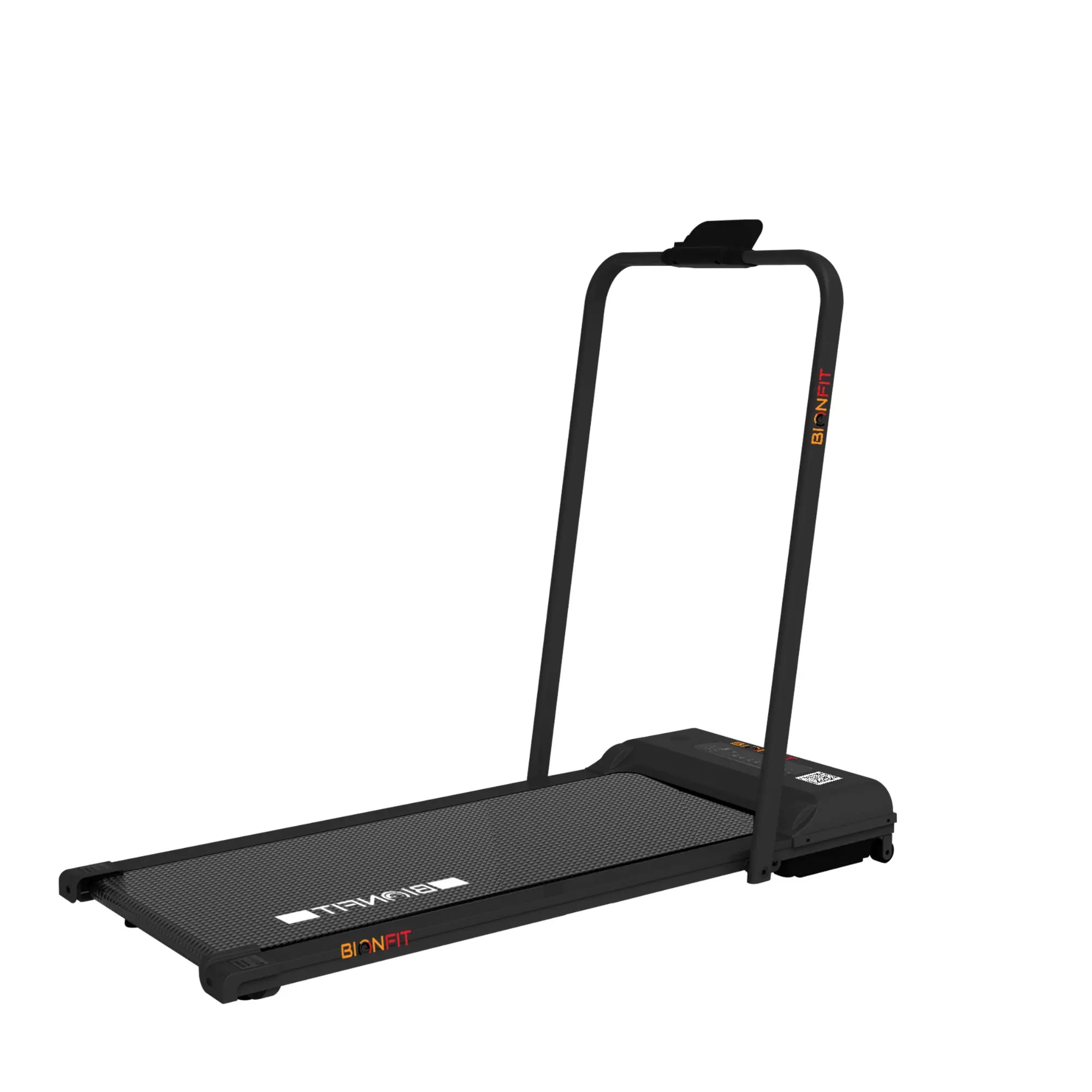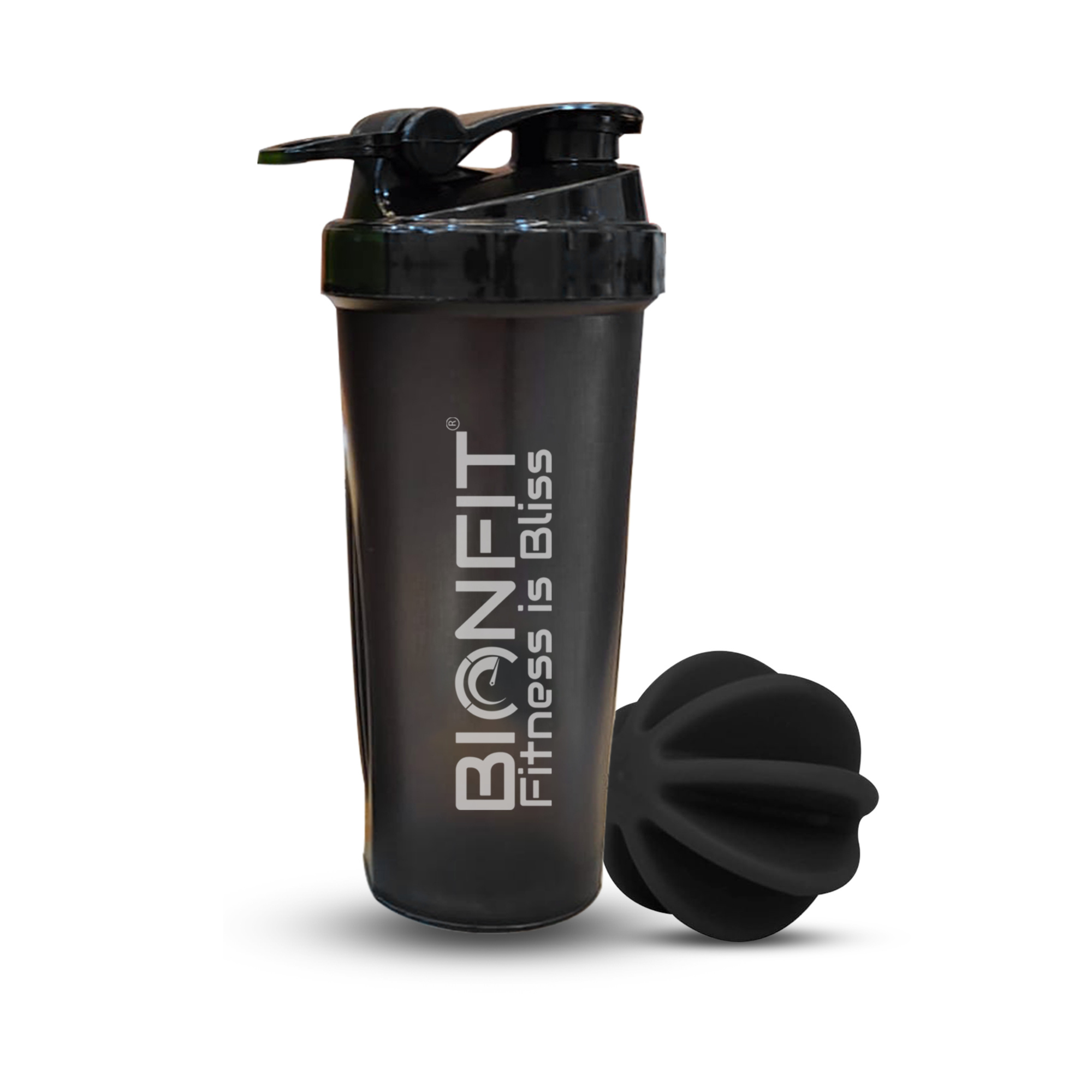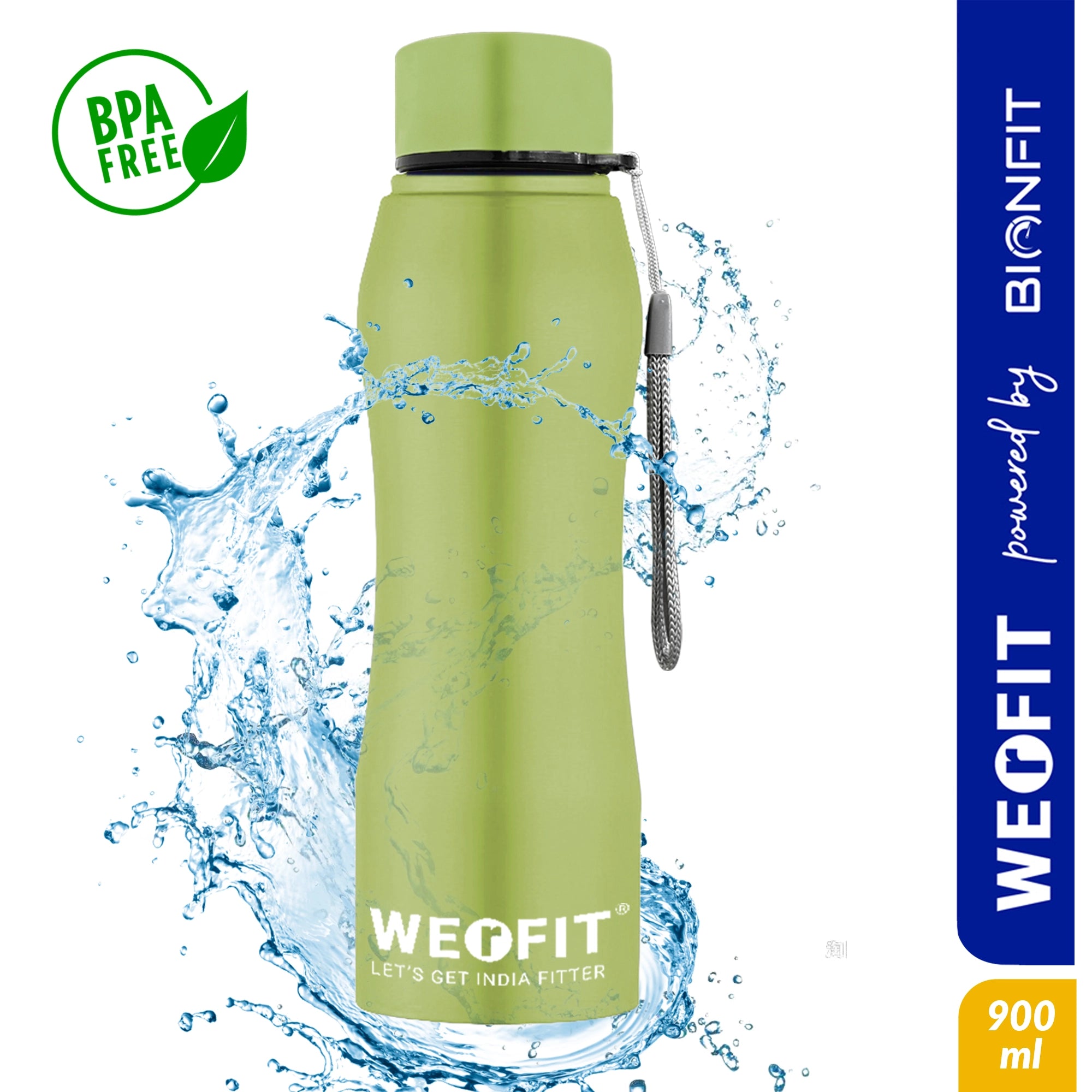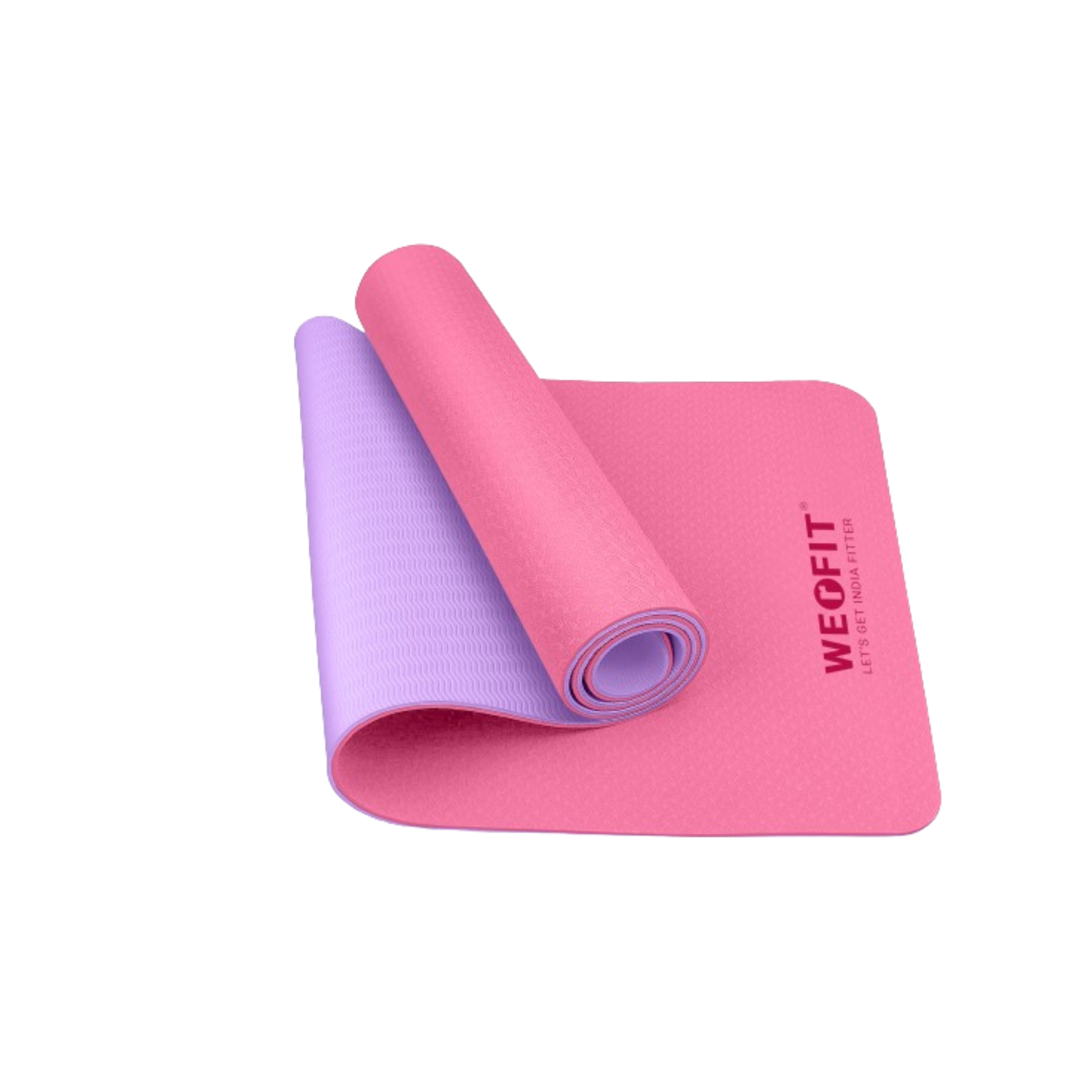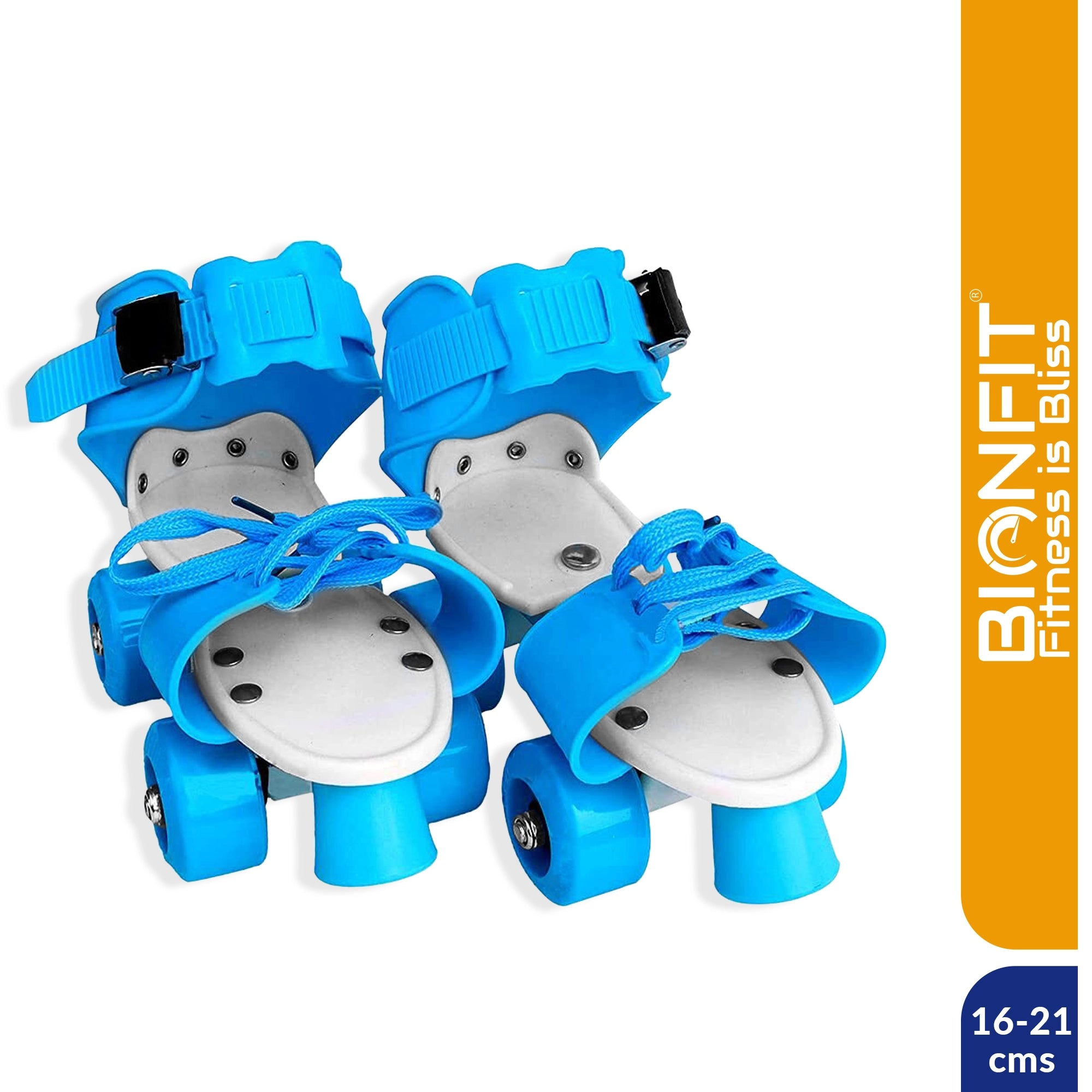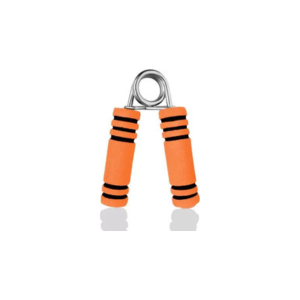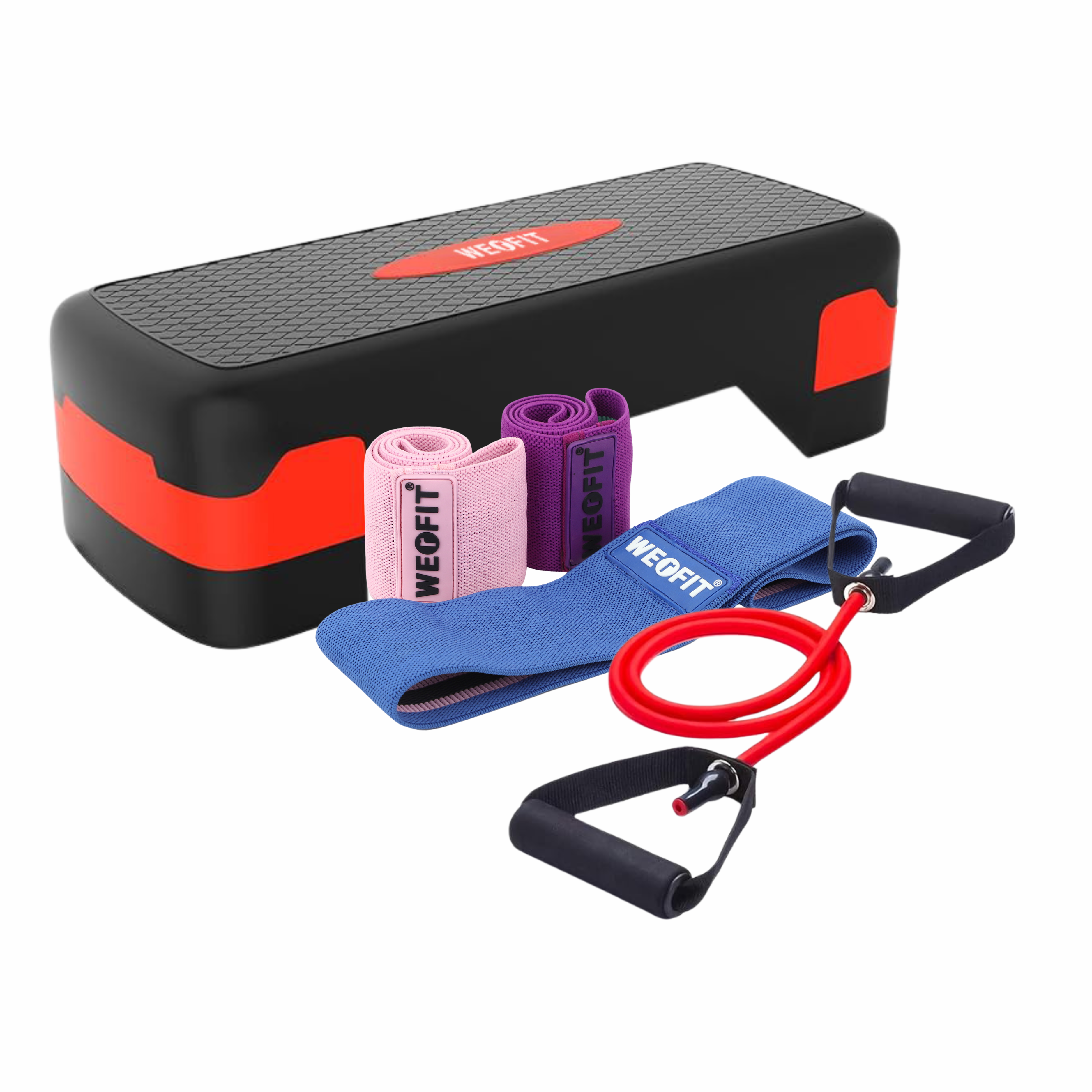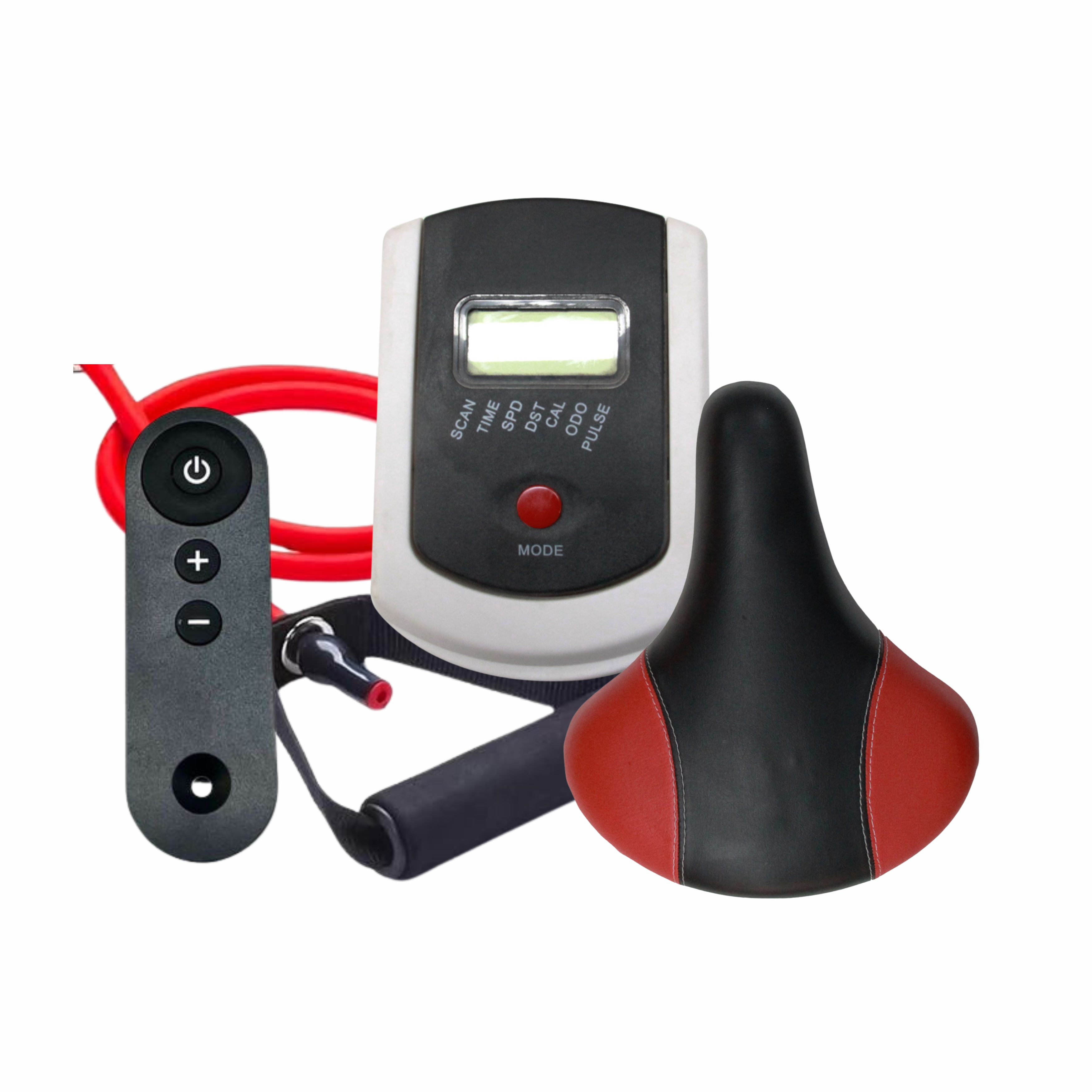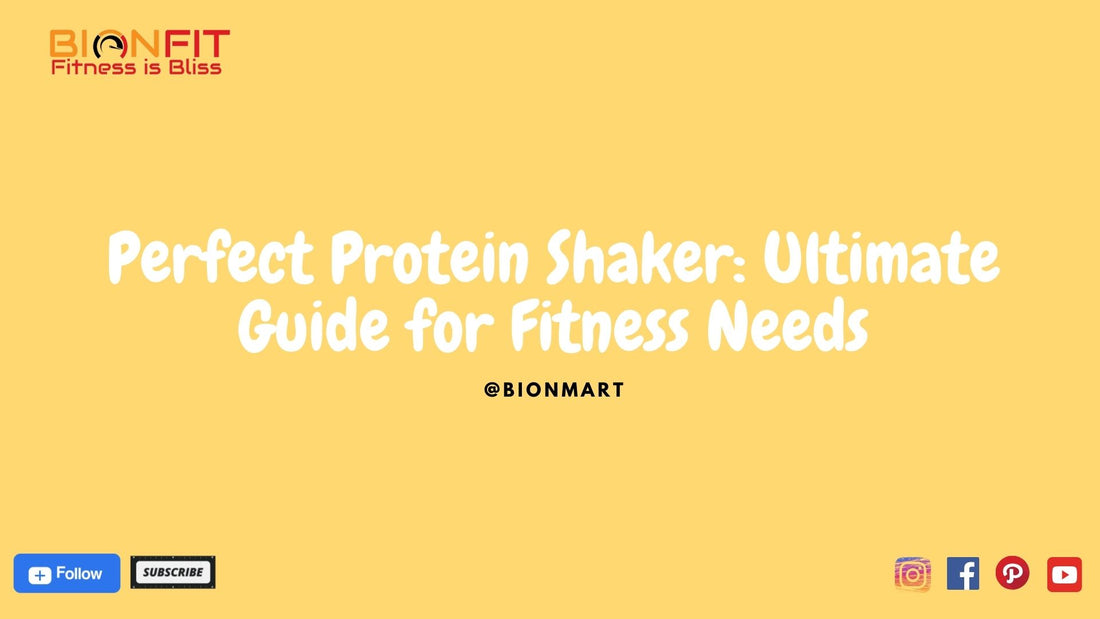
The Ultimate Guide to Choosing the Perfect Protein Shaker for Your Fitness Needs
When it comes to hitting your fitness goals, having the right equipment can make all the difference. One essential tool in your fitness arsenal is the protein shaker. Whether you're mixing up a post-workout shake or a meal replacement, the right shaker ensures your drink is smooth and clump-free. But with so many options on the market, how do you choose the perfect one? This guide will walk you through everything you need to know to make an informed decision.
Understanding Your Fitness Goals
Identifying Your Protein Needs
Before you even start looking at protein shakers, it's crucial to understand your protein needs. Are you looking to build muscle, lose weight, or simply maintain a healthy lifestyle? Your fitness goals will determine the type of protein supplements you need and, subsequently, the best type of shaker to use.
Types of Protein Supplements
From whey and casein to plant-based proteins, there's a variety of supplements available. Each type of protein has its unique properties and mixing requirements. For instance, some proteins are thicker and require more robust mixing mechanisms.
Features to Look for in a Protein Shaker
Material Quality
The material of your protein shaker affects its durability, safety, and ease of cleaning. Common materials include plastic, stainless steel, and glass. Each has its pros and cons, which we will explore later.
Capacity and Size
Do you need a single-serve shaker for quick shakes or a larger capacity for meal replacements? The size of your shaker should match your usage patterns.
Mixing Mechanism
The mixing mechanism is critical for ensuring a smooth drink. Options range from blender balls and electric mixers to fixed blades. The best choice depends on your supplement type and personal preference.
Portability and Convenience
A good shaker should be easy to carry around, fit into your gym bag, and be leak-proof. Portability features are essential for an active lifestyle.
Types of Protein Shakers
Basic Shaker Bottles
These are the most common and typically include a simple mixing mechanism like a blender ball. They're easy to use and clean, making them ideal for beginners.
Electric Shakers
Electric shakers provide a more thorough mix with minimal effort. They are perfect for thicker shakes but require charging or batteries.
Insulated Shakers
If you like your shakes cold, an insulated shaker is a great choice. These shakers maintain the temperature of your drink for hours.
Travel-friendly Shakers
Compact and leak-proof, travel-friendly shakers are designed for those on the go. They often include additional storage compartments for supplements.
Material Choices
Plastic Shakers
Plastic shakers are lightweight and inexpensive. Look for BPA-free options to ensure safety.
Stainless Steel Shakers
Stainless steel is durable and keeps drinks cooler for longer. However, they can be heavier and more expensive.
Glass Shakers
Glass shakers are easy to clean and don't retain odors. They are, however, more fragile and heavier than plastic or stainless steel.
Pros and Cons of Each Material
- Plastic: Lightweight, inexpensive, but may retain odors.
- Stainless Steel: Durable, temperature control, but heavier.
- Glass: Easy to clean, non-odor retaining, but fragile.
Mixing Mechanisms
Blender Balls
These are metal or plastic balls that help break up clumps. They are effective and easy to clean.
Electric Mixers
Electric mixers provide a smooth blend with minimal effort but require power.
Fixed Blades
Fixed blades are built into the shaker's lid and provide efficient mixing. They are harder to clean compared to blender balls.
Comparison of Mixing Mechanisms
- Blender Balls: Affordable, easy to use, effective.
- Electric Mixers: Smoothest blend, requires power, more expensive.
- Fixed Blades: Efficient, harder to clean, mid-range cost.
Capacity and Size Considerations
Single-Serve Shakers
Ideal for quick shakes, these are typically around 20-24 ounces.
Large Capacity Shakers
These can hold 32 ounces or more, suitable for meal replacements or larger servings.
Choosing the Right Size for Your Needs
Consider your daily routine and how much liquid you need to mix at once. Single-serve shakers are great for post-workout shakes, while larger ones are better for meal replacements.
Ease of Cleaning
Dishwasher-Safe Shakers
Many shakers are dishwasher-safe, making cleanup easy. Check the manufacturer's instructions to ensure your shaker won't be damaged.
Removable Components
Shakers with removable parts, like blender balls and detachable lids, are easier to clean thoroughly.
Tips for Maintaining Hygiene
Clean your shaker immediately after use to prevent odors and buildup. Use warm, soapy water and a brush to reach all areas.
Portability Features
Leak-Proof Design
A leak-proof shaker ensures no spills in your gym bag. Look for secure lids and seals.
Carrying Handles and Clips
Handles and clips make it easy to carry your shaker. Some models even attach to your bag or belt.
Compactness for Travel
If you travel often, a compact shaker is essential. Look for slim designs that fit easily into luggage.
Additional Features
Storage Compartments
Some shakers come with compartments for storing supplements or snacks, which is convenient for on-the-go nutrition.
Measurement Markings
Measurement markings help you mix precise amounts of liquid and supplements.
BPA-Free Certification
Ensure your plastic shaker is BPA-free to avoid harmful chemicals.
Budget Considerations
High-End vs. Budget Shakers
High-end shakers offer more features and durability but come at a higher price. Budget shakers are affordable but may lack some conveniences.
Balancing Cost with Features
Determine which features are essential for you and find a shaker that meets those needs within your budget.
Popular Brands and Models
Bionfit
Bionfit is known for its reliable and affordable shakers.
Promixx
Promixx offers electric shakers that provide smooth blends with minimal effort.
ShakeSphere
ShakeSphere shakers feature a unique capsule design that eliminates the need for a blender ball.
Comparing Popular Brands
- Bionfit: Affordable, effective, basic design.
- Promixx: Electric, smooth blend, higher cost.
- ShakeSphere: Innovative design, no blender ball needed, mid-range price.
User Reviews and Recommendations
How to Read Reviews
Look for detailed reviews that discuss the pros and cons, rather than just ratings. Pay attention to feedback on durability and ease of use.
Common Customer Feedback
Customers often highlight ease of cleaning, leak-proof design, and effective mixing as key features they appreciate.
DIY Alternatives
Making Your Own Protein Shaker
You can make a DIY shaker with a mason jar and a whisk ball. While not as convenient, it can be a temporary solution.
Pros and Cons of DIY Shakers
- Pros: Cost-effective, customizable.
- Cons: Less durable, not as convenient, harder to carry.
Conclusion
Choosing the perfect protein shaker involves considering your fitness goals, the type of supplements you use, and your lifestyle needs. From material and capacity to additional features and budget, every aspect plays a role in your decision. By understanding these factors, you can find a shaker that not only meets your needs but also enhances your fitness journey.
FAQs
1. What is the best material for a protein shaker?
- Stainless steel is generally the best for durability and temperature control, but plastic and glass each have their advantages depending on your needs.
2. Can I use my protein shaker for other drinks?
- Yes, protein shakers are versatile and can be used for smoothies, pre-workout drinks, and even water.
3. How often should I replace my protein shaker?
- Replace your protein shaker every six months to a year, or sooner if you notice any damage or persistent odors.
4. Are electric shakers worth the investment?
- Electric shakers are worth it if you frequently make thick shakes or want a very smooth blend with minimal effort.
5. What should I do if my shaker starts to smell?
- Clean it thoroughly with warm, soapy water and let it air dry completely. For stubborn odors, try soaking it in a mixture of baking soda and water.
Follow us more updates.

